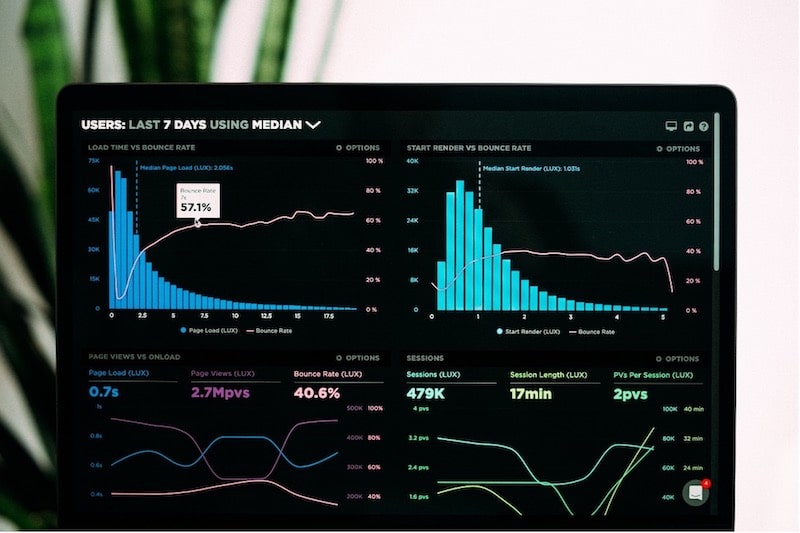5 Ways to measure your brand’s health
Brand health is measured to give marketers and business owners insight into their brands. This insight is used to locate the brand’s position and visibility within the market, but also insight into what can be improved about the brand. If issues or problems within the brand are not located and improved on, they will snowball and create larger problems in the future. In this article, we will discuss the 5 ways to measure the health of your brand.

Brand Health: What is it?
Brand health is a range of metrics for you to study and keep track of to measure the health of your brand. Having a healthy brand means that your customers are provided with an experience that is of consistently high quality. High quality is memorable, which leads to customers building a positive emotional connection with a brand.
Once you’ve measured your brand’s health, you will know what the strengths and weaknesses of the brand are. This would give you insight into what needs to be changed and improved. It will also show you how your brand is placed within its market and how you compare with your competitors.

The 5 metrics used to measure your brand’s health
- Net Promoter Score (NPS)
The NPS considers the customer’s response to what is the likelihood that they would recommend the brand to a person that they know. It then provides a score on a scale of 0 to 10. Once the score has been calculated, the customers are grouped into three categories which are Promoters, Passives, and Detractors.Promoters, which score between 9 and 10, are the customers who are loyal and will gladly promote the brand. Passives, which score between 7 and 8, are happy customers but are easily swayed by the competition. Detractors, which score between 0 and 6, are unhappy and will likely speak negatively about the brand and lower its reputation. To calculate the NPS, you would need to deduct the percentage of Detractors from Promoters. A good NPS score is 50 or above.
- Share of voice
This metric gives you insight into whether people are talking about your brand. This metric is a tricky one, as not all brands are conversational topics. For example, people would likely discuss a shoe brand and not a socks brand, but this does not mean that the socks brand is not popular.When calculating the share of voice, you would need a social listening tool. Examples of this are Awario and Brandwatch. These tools consider social media, news sites, and the internet, in general, to determine how often the brand is being discussed. The score calculated will give you insight into how the brand is positioned within the market and how much you need to change to beat your competition.
- Brand Reputation
Knowing the reputation of your brand gives you insight into what may need to change about the brand. Brand reputation tools, like Awario, SEO Spyglass, and Google Alerts, scour the internet and then sorts the dialogue around your brand into positive, negative, and neutral. This is helpful as you will be able to view the dialogue within the categories and determine what the necessary changes or improvements are.
- Employee Engagement
Employee engagement is important as higher engagement levels indicate that your employees support the brand. If employees are happy and supportive, they will likely do what they can to improve the brand where they see fit. Examples of this are offering suggestions and promoting the brand within their personal life.
- Brand recall
Brand recall is the first thought a customer has when mentioning a product. For example, when mentioning “phone” a common first thought would be Apple or Samsung. To measure your brand’s recall, you would need to interview a range of people. Determine the number of those people who mention your brand first when mentioning the product or service you provide. Divide this number by the total group size and multiply by 100. This will provide a brand recall percentage.

Final Thoughts
If brand’s consistently conducted analyses and practices to measure the health of the brand, they will be ahead of their competition. Locating strengths and weaknesses within the brand at the earliest point is crucial to determine what is working and what is not. To upskill in Brand Management, consider doing the Strategic Brand Management Online Short Course offered by the IMM. Find out more here: https://imminstitute.co.za/
